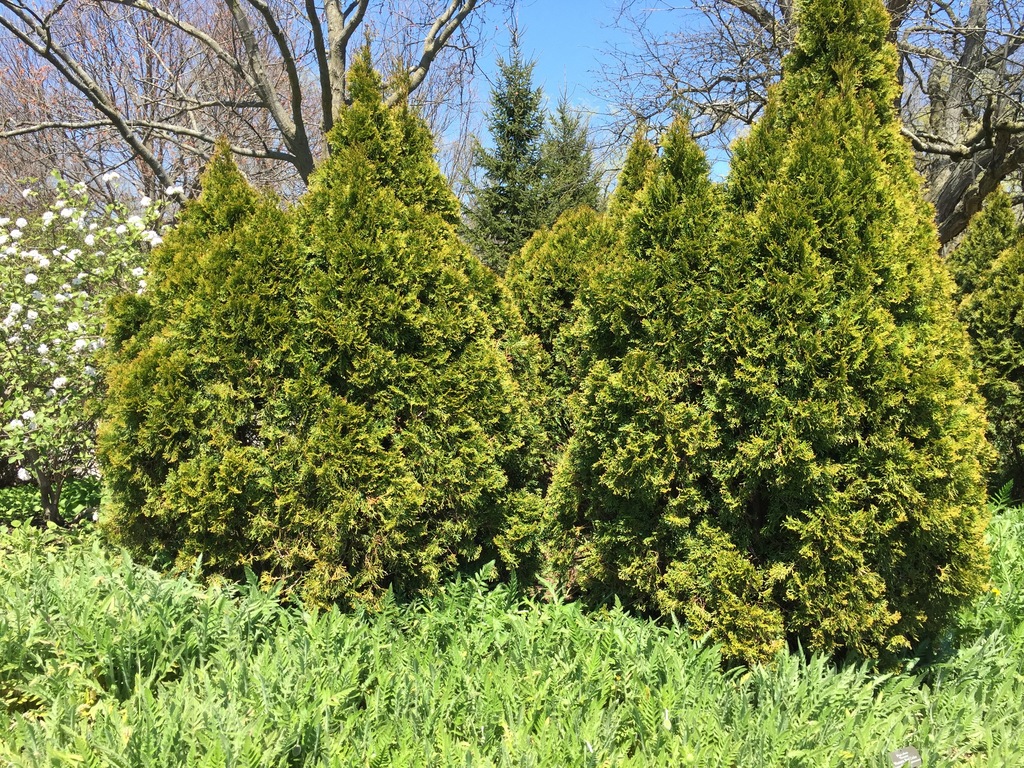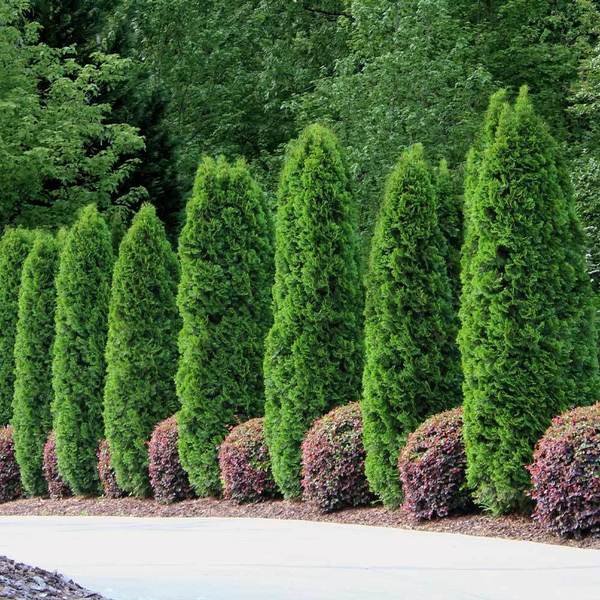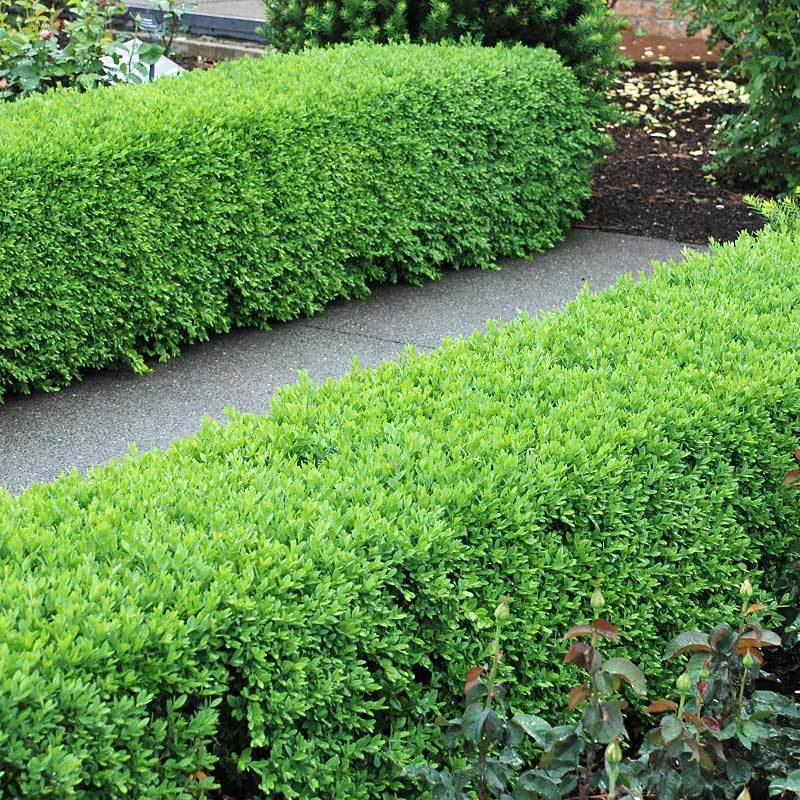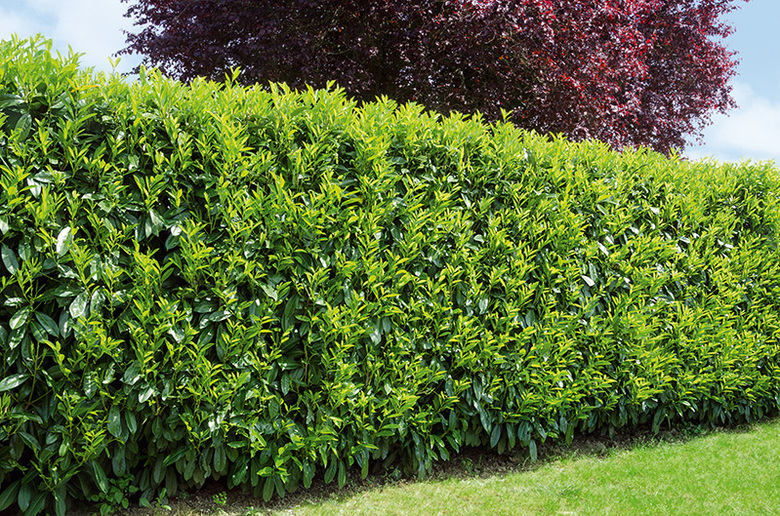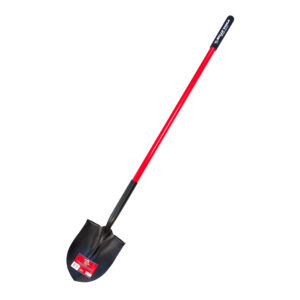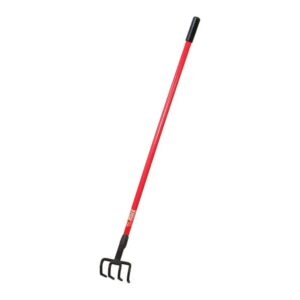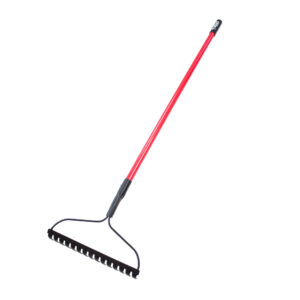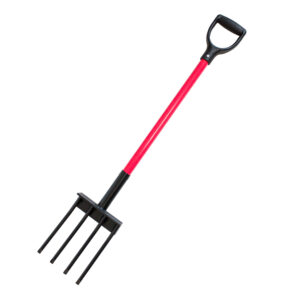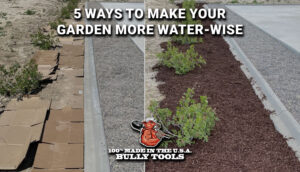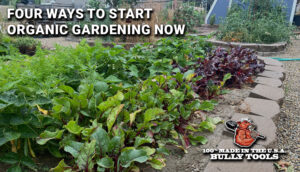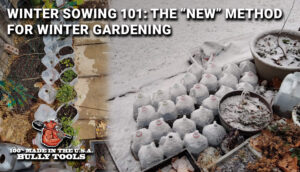The Best Plants for Privacy
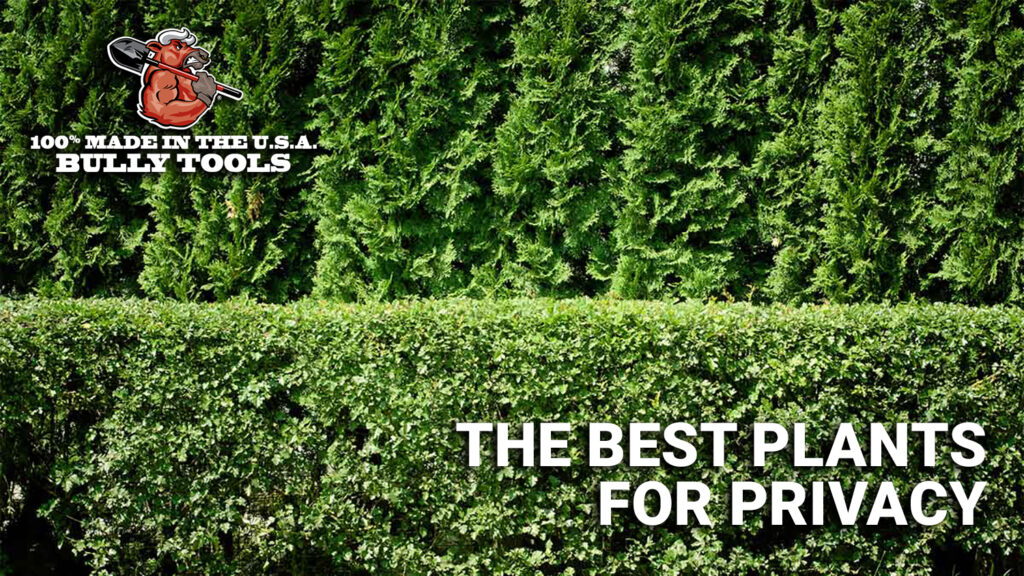
Privacy makes for the perfect backyard.
And it’s not that you don’t love your neighbors! It’s just that sometimes you want a quiet, secluded area to entertain your family, friends, and loved ones in. You can create that kind of privacy by adding plants!
Privacy plants act as a polite division between your property and the others around you. This category of plant is very broad and includes any tree, bush, shrub, or vine that grows tall, wide, and eventually into one another to create a screen or fence effect. We also appreciate the fact that privacy plants take advantage of crucial vertical space in your backyard or garden that would otherwise be bare and allow prying eyes.
Make your backyard your summer oasis this year and keep it all to yourself by adding privacy plants.
BEFORE YOU PLANT
If you’re starting with a bare backyard, it will years for new shrubs or bushes to reach their full maturity and blend into each other. The same goes for trees and any tall, climbing, or hanging plants that you establish for privacy as well. Just know that the results you want won’t happen overnight. The maturity of your plants will be a process – but a beautiful one to watch at that.
Also, always opt for a perennial when shopping for privacy plants. Perennial plants can survive through winter and bloom for at least two springs to come, unlike annuals that bloom for a season then die. Perennials have stronger root systems than annual plants and extend their roots deep (and we mean deep) into the ground. Perennial roots are very beneficial to your soil, and as their roots grow deeper and stronger every year, they provide essential nutrients and moisture to your soil that will help to keep it from drying out or eroding.
You should also consider choosing a perennial native to your area to plant. Growing native plants benefits not only the nutrition of your soil, but natives provide great benefits to your local fauna and pollinators.
GREENERY
EVERGREEN TREES
Note that we’re not talking about growing oaks or elms here. The best trees to grow for privacy are evergreen. Evergreen plants hold their leaves and color all year round as opposed to deciduous trees which lose their leaves in the autumn.
Here’s a few things to keep in mind if you’re thinking about planting privacy trees:
- Trees are a great option because they’re low maintenance and require little to no attention to grow properly.
- Because they grow so tall, they’re perfect if you’re looking to create privacy above eye-level.
- Plant them close together, but within the parameters set by your particular species’ instructions, to create a seamless, dense appearance.

Virescens 
Arborvitae
EVERGREEN SHRUBS
Evergreen shrubs are a nice option if you want to outline the perimeter of your property and are short enough to allow for visibility into neighboring yards. The best shrubs for privacy are tightly branched, and when planted close together, should allow for now gaps in the foliage. The height of your shrubs is up to you, and you can choose whether to prune them flat and square or leave them to grow.
The primary difference between shrub species is the type of leaf that they produce. Some species like the American arborvitae will grow thousands of small leaves that from afar give off a ‘hedge’ appearance, while a Schip laurel evergreen produces longer, narrower leaves. Portuguese Laurels grow beautiful, deep green leaves, but also produce white flowers in the spring and small, black fruits in the summer (inedible to humans but a favorite among birds!). All create privacy and are easy to care for but be sure to shop around and find a type that’s suitable for your climate and home style.

Schip Laurel 
Boxwood 
Portuguese Laurel
TALL AND FLOWERING PLANTS
BAMBOO
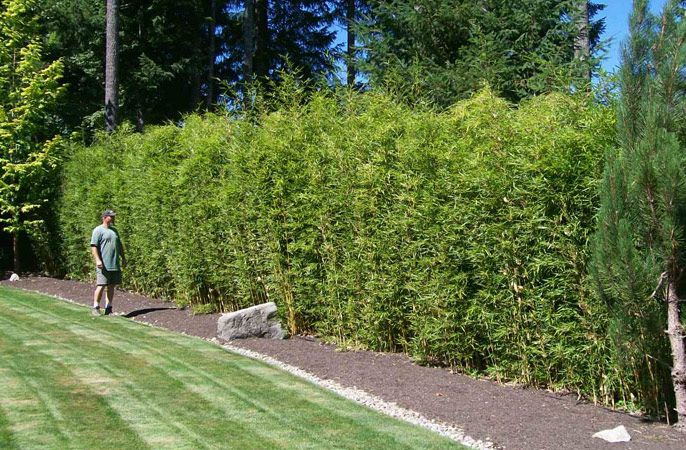
Perhaps though, you are less interested in having an evergreen-filled backyard, and you want to add color and visual interest instead. Since privacy is the main goal, an addition of tall and flowering plants could be the solution you’re looking for.
Bamboo is easy to plant and maintain. Bamboo grows by constantly producing shoots that grow taller than the previous years’. To grow bamboo, you can purchase a starter plant or bamboo root ball, and all you have to do is dig a hole twice the size of your plantling and add manure and topsoil. Always be sure to do research on your home’s climate, including its heat and hardiness zones, as there are different species of bamboo that thrive better in certain environments, so do your research to ensure that your bamboo grows all year round.
You can plant a few shoots around your property to add texture, or you can plant many close together. If you choose the latter, chances are that in a few months your bamboo will grow tall, wide, and into each other, creating a seamless privacy screen or large hedge. An entire privacy screen would take longer to grow fully than a bush, but if you’re looking to create total seclusion, plant a few of your bamboo starters or root balls in front of another row. The layers of bamboo will grow and fill the gaps between each other in no time. Water will fuel the growth of your bamboo screen, so water heavily with a soaker hose and wait for the soil to dry to water again. Bamboo is not native to the U.S. (except some parts of the Southeastern U.S.) so it does require a specific caring process to survive. More information about bamboo can be found on Lewis Bamboo.
Fair warning though – bamboo is unruly and can spread to places you don’t want it to. If this becomes a concern, plant bamboo in a large pot or container. You’ll achieve the same height and privacy just with a different look!
POTTED PLANTS
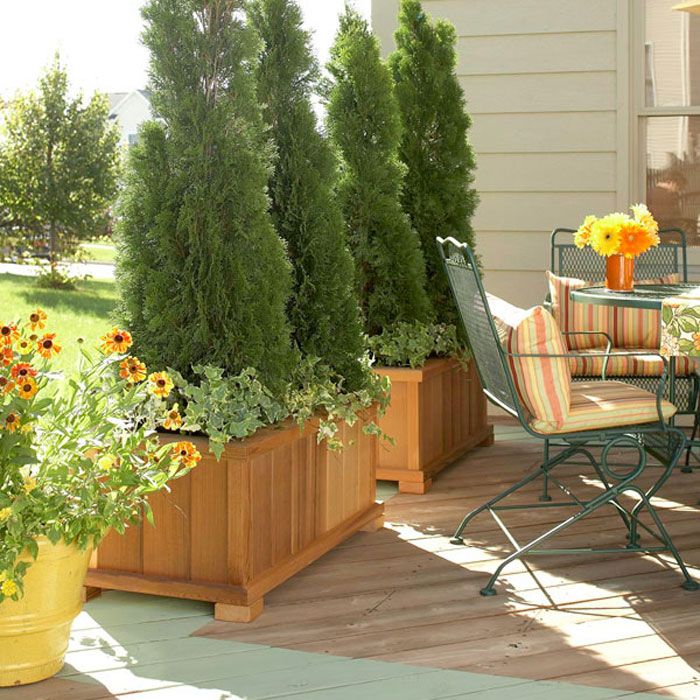
We’ve all purchased a potted plant or two for our front or back porch, and they’re great because they add color to any table or banister and are very pleasing to look at. But – did you know that you can create privacy simply by arranging a few tall container plants?
Gardening has really evolved over the years and now includes different styles of planting that you don’t need solid ground for. A very popular offshoot of traditional gardening is building your own container garden. Anything that you can grow in the ground, you can grow in a container with just a few limitations. It is essential that you purchase a pot big enough for your plant to grow into, and you may possibly need to continually buy bigger pots as it and its root system get larger. Container gardens are extremely helpful if you have little to no backyard but want to bring nature into your home.
You can purchase pre-potted trees, bushes, and plants, or you can arrange your own containers using the ‘thrillers, spillers, and fillers’ formula. Your ‘thriller’ is the plant or flower that you want as the focal point of your pot, and you surround it with ‘fillers’ like smaller flowering plants, herbs, or greenery to add color and dimension. Finish your pot off with ‘spillers’ that can creep down the sides of your container like a vining plant or small, bushy flower to fill in any gaps and add even more excitement.
CLIMBING PLANTS
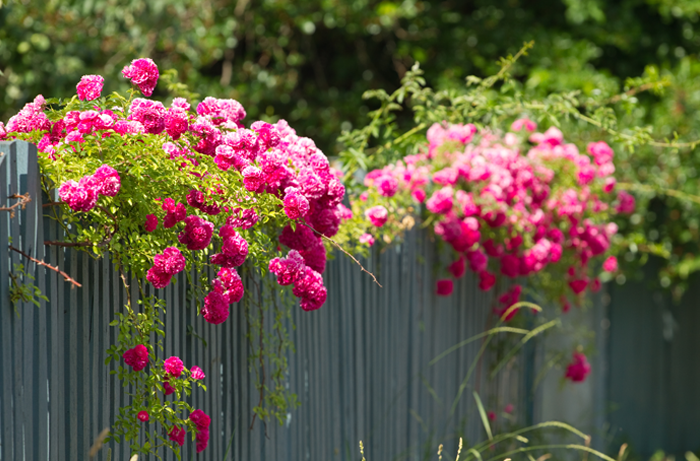
Climbing plants are fast-growers and look great when laid over a fence, entryway, mailbox, trellis, or wall. You have to train your plant to grow in the direction that you want it to, but climbing plants are smart enough that they can latch on and grow up, out, and through any area you put it. You can purchase vining plants to add a natural, lush green look to your home, or you can browse the selection of flowering plants at your local nursery.
Climbing plants are a fun and colorful way to decorate your outdoor area, and you don’t need any additional space to do it! Take advantage of the untapped vertical space on your property by planting up.
Here’s a list of a few of our favorite climbers:
- Bougainvillea
- Clematis
- Climbing Roses
- Climbing Hydrangeas
- Honeysuckle
- Mandevilla
- Wisteria
DIY PRIVACY PLANT PROJECTS
LIVING WALL
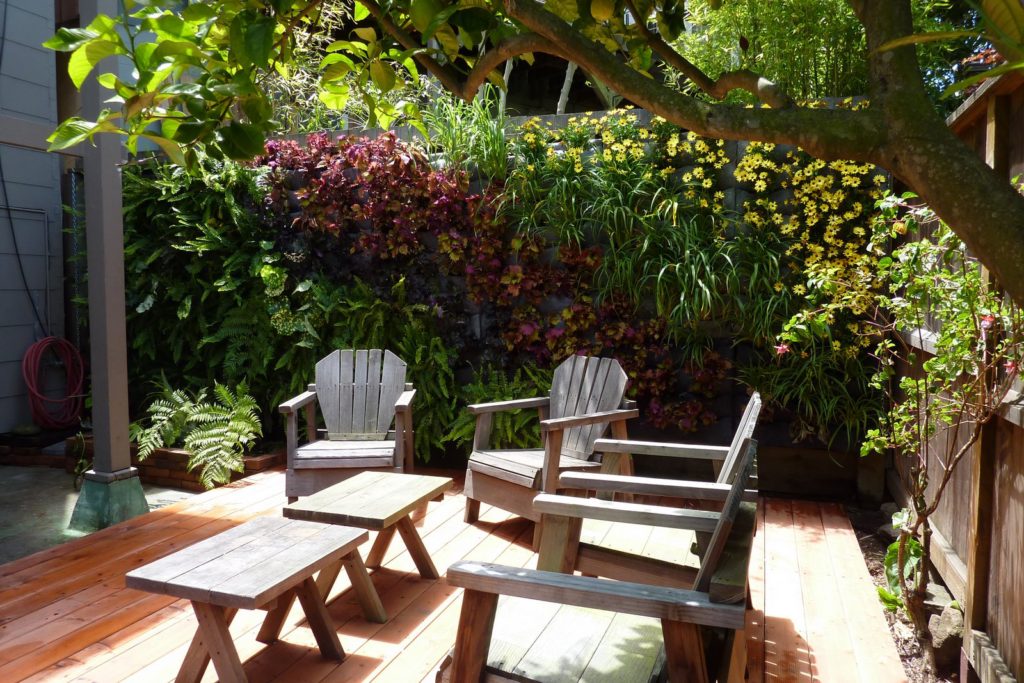
Have you ever driven past a home covered in beautiful plants or ivy and wished that you could recreate the look? A popular do-it-yourself project right now is a homemade living wall. Living plant walls, also called green walls or vertical gardens, add a beautiful touch to any outdoor area. As the names reflect, this project requires a wall or tall garden structure, plants, soil, and a watering system. The design is completely up to you, and in a simple Google search, you can come across hundreds of ideas.
PRIVACY SCREEN
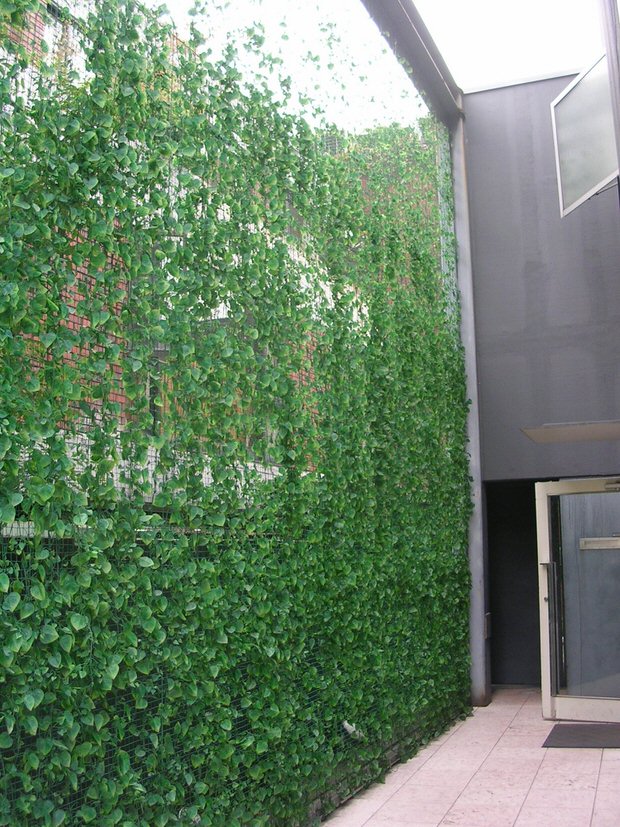
A great way to achieve privacy is by creating a plant privacy screen. This project is similar to the living wall DIY, but it requires a lot less maintenance. For a plant privacy screen, you will need something for your plants to climb or hang down like a screen, trellis, lattice, or fence and some hanging or climbing plants. You can stick to an all-natural green look, or you can purchase vines that produce flowers to add a bit of vibrancy.
As your plant grows, it will grow up or down the structure you plant it near. The plant will need some training, but with a little guidance from you, the plant will learn where it needs to go. You can either plant climbing plants at the base of your structure or place hanging baskets above the structure to allow the vines to entangle down.
Plants are a natural, polite way to create privacy in your backyard. There are so many different ways to arrange plants in any outdoor space; you just have to find whatever way works best for you. No matter the size of your property, we know that a backyard is more than just grass. It’s where you get to unwind, watch your kids play, host parties, and make memories with your closest friends and loved ones. That area should be secure and private, and that is easy to accomplish with the right plants. Get started on your privacy plant project today and check out 100% Made in the USA Bully Tools’ selection of high-quality lawn and garden tools that will help you conquer any of these projects and more.


